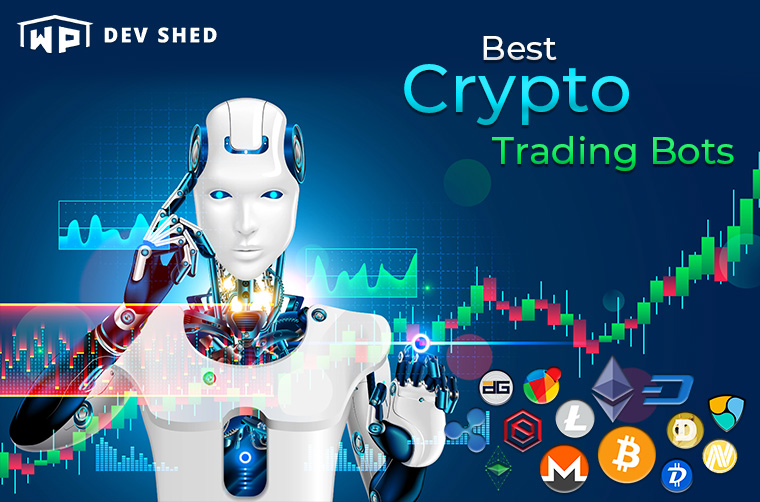Automated Trading Systems, also known as algorithmic trading (or black-box) or computer programs that use mathematical formulas to make trades based on certain conditions. These platforms have been created to execute trades automatically, without the need of human intervention.
Trading rules - Automated trade platforms are programmed with trading rules and conditions. These rules decide when trades can be opened and when they should be closed.
Data input - Automated trading Systems process huge amounts of market data real-time and use the data to make trading decision-making.
Execution Automated Trading Systems execute trades automatically and at an amount or speed which isn't achievable for an individual trader.
Risk management- Automated trading systems are able to be programmed to apply risk management strategies, such as stop-loss orders and position sizing, to control the possibility of losses.
Backtesting - Trading platforms that are automated can be tested to assess their performance prior to being put into live trading.
The greatest advantage for automated trading is its capability to make trades swiftly with no human intervention. Automated trading platforms are able to handle massive amounts of data in real-time and create trades based upon specific rules and regulations. This will reduce the emotional impact of trading and improve the consistency.
Automated trading systems come with inherent risks. This includes the potential of system malfunctions, errors or omissions in the trading rules and also a deficiency in transparency. Before using an automated trading system in live trading, it's essential to thoroughly test it. Check out the top forex backtesting software for website advice including best indicator for crypto trading, backtester, auto crypto trading bot, backtesting platform, stop loss meaning, automated software trading, backtesting, best trading bot, backtesting trading, backtesting trading and more.

How Does An Automated Trading System Function?
Automated trading software processes huge amounts of market data and performs trades in accordance with certain rules and conditions. The steps can be broken down into the following steps Determining the strategies for tradingThis is the initial step to define the strategy for trading. They could be technical indicators like moving averages, or other indicators such as price action and news events.
Backtesting- Once the trading strategy has been established You can then backtest it with historical data from the market to check whether there are any issues. This is an important step since it lets traders know how the strategy has performed in the past, and then make any changes before it is implemented for live trading.
Coding- Once the strategies for trading have been backtested verified, approved and validated and approved, it's time to code the strategies into an automated trading system. This involves writing the rules of the strategy in the programming language of choice, like Python (MetaTrader Language) or MQL.
Data input- Automated trading systems require real time market information to make trading choices. This data is typically obtained through a feed of data from the market data vendor.
Trade execution - The automated trading system will execute the trade once the market data and conditions are processed. This includes sending the trade instructions to the broker, who will then place the trade in the market.
Monitoring and reporting Trading platforms that are automated usually have monitoring and reporting tools that let traders monitor the efficiency of their system and identify any potential issues. This includes real-time performance and alerts for unusual markets activity.
Automated trading is feasible in milliseconds. This speed is quicker than the time it takes human traders to process the data and make trades. This speed and precision can result in more consistent and efficient trading outcomes. But before the automated trading system is used in live trading, it is crucial to confirm it and thoroughly test it. View the most popular crypto bot for beginners for site advice including trading with divergence, automated system trading, backtesting strategies, best trading platform, algorithmic trading strategies, rsi divergence cheat sheet, stop loss, automated trading, algo trading platform, backtesting trading strategies and more.

What Happened In The What Happened In The Flash Crash
The Flash Crash 2010 was a catastrophic stock market crash that occurred May 6, the 6th of May. The 2010 flash crash, which occurred on the 6th of May 2010 was characterized by a sudden and sharp decline in stock prices across all major U.S. stock markets followed by a swift recovery. These include:
High-frequency trading (HFT)HFT - HFT algorithms, that utilized sophisticated mathematical models to create trades using market data, accounted for a large portion of the trading volume of the stock market. The algorithms performed large amounts of trades. This caused instability in the market and increased pressure on selling after the flash crash.
Order cancellations: Order cancellations were possible thanks to HFT algorithms. They were able to cancel orders when there was a market movement that was not favorable. This created additional selling pressure after the flash crash.
Liquidity - The absence of liquidity on the markets caused the crash. Participants and market makers temporarily stayed out of the market during the crash.
Market structure was complex and difficult for regulators in the United States to monitor and respond to crashes. There were multiple markets and dark pools.
The financial markets were affected by the flash crash. Individual investors suffered substantial losses and market participants lost confidence in the stability. Due to the crash, authorities implemented several measures to increase stability in the stock markets. This included circuit breakers, which temporarily halt trading of individual stocks in times where there is a high degree of volatility. In addition the transparency of the market. View the most popular cryptocurrency backtesting platform for more advice including bot for crypto trading, rsi divergence cheat sheet, backtesting software forex, crypto backtesting, algo trading platform, stop loss and take profit, backtesting trading, algorithmic trade, backtesting tradingview, automated system trading and more.
